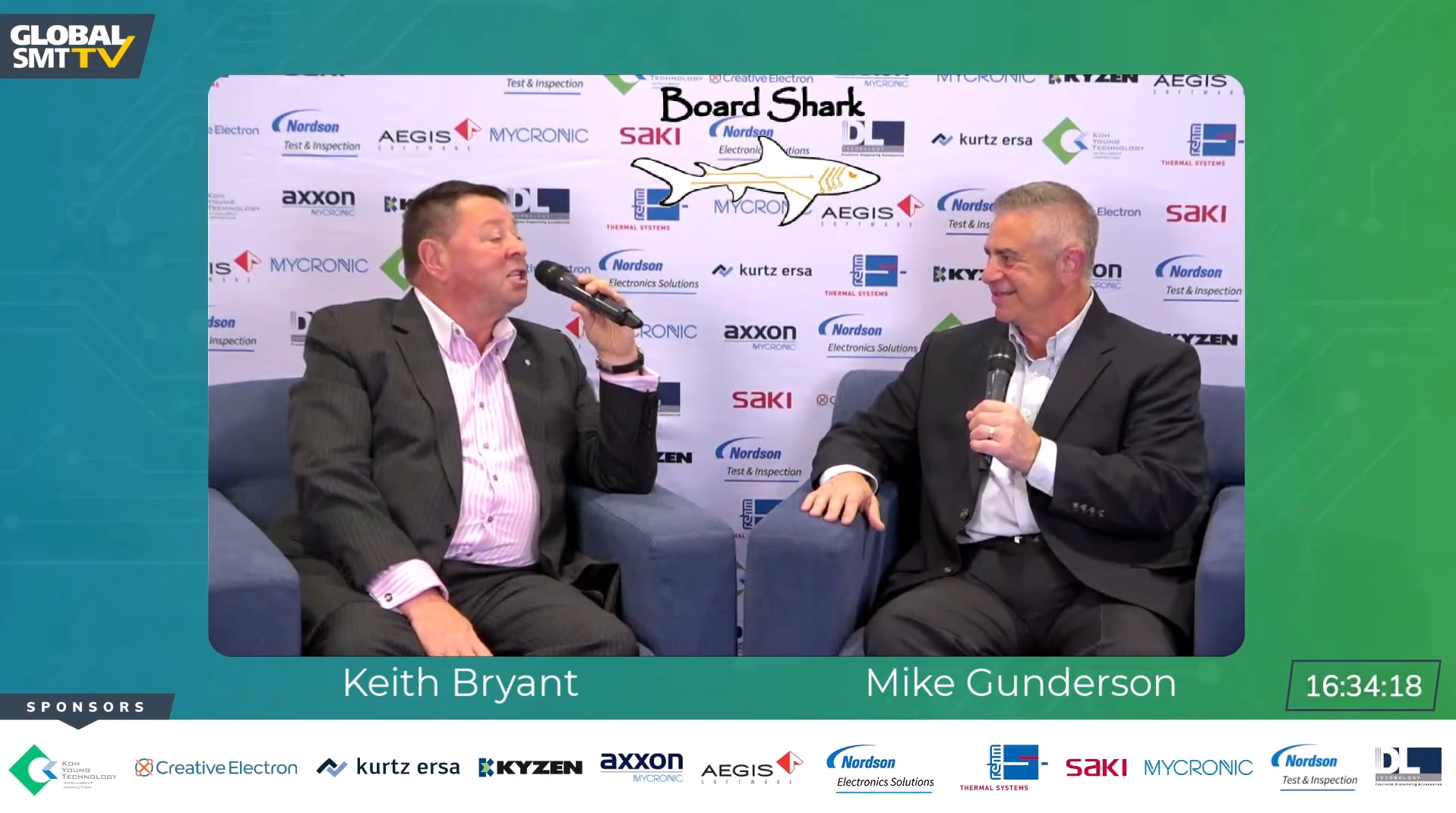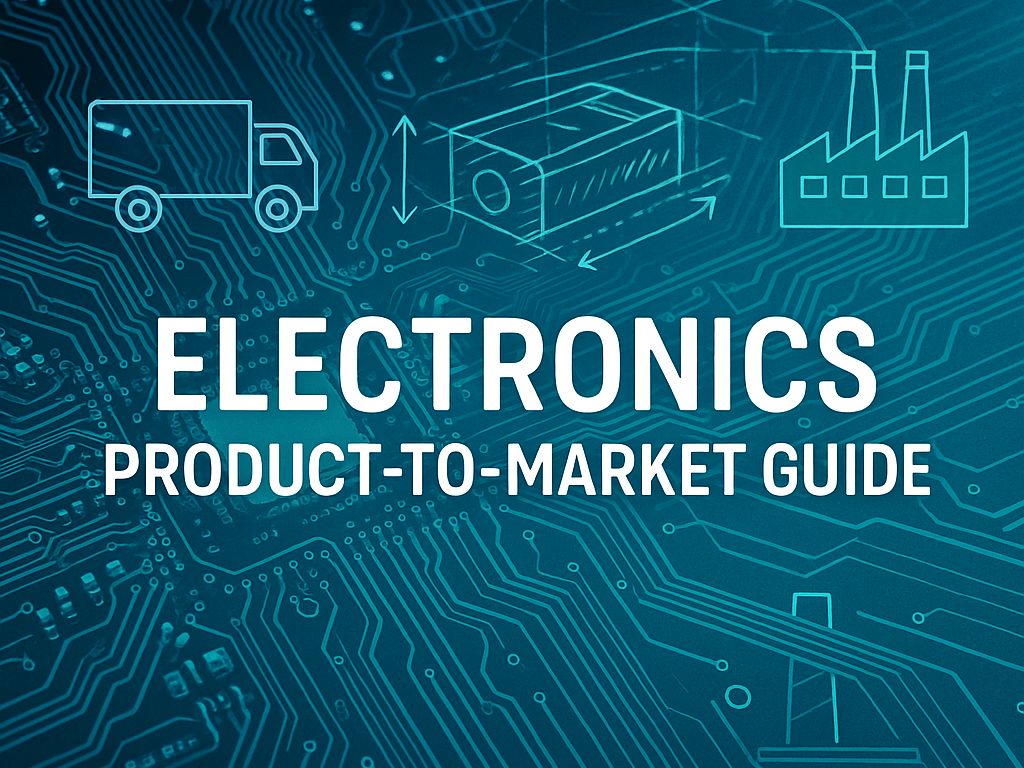
PCBs are at the heart of nearly all our high-tech devices; without a solid foundation, everything crumbles. PCB design cycles for new products are shorter than ever — from several months to only a few days in some cases. Being first to market is critical. The available stock shifts in real time based on new product introductions and rumors of new products.
To complicate matters more, there is speculation about “what will happen to tariffs” in 2025 with new presidential leadership.
This article will provide resources, some history, our recommendation and conclude with strategies to help make informed decisions about PCB sourcing despite tariff uncertainties.
Yes, some tariffs are set to increase in 2025.
- Semiconductors: China's tariff rate on semiconductors will increase from 25% to 50%.
- Other increases: Tariffs on certain other goods, such as lithium-ion batteries and critical minerals, are also scheduled to rise in 2024 and 2026.
For the most up-to-date information on tariffs, I recommend checking the following resources:
- The U.S. Trade Representative (USTR) website: This is the official source for information on U.S. trade policy.
- The U.S. Department of Commerce: This department provides resources and data on international trade.
- Tariff Analysis Online - is the most versatile and detailed.
- Tariff Download Facility - provides more details than a third collection of data, the World Tariff Profiles.
- Import Tariffs & Fees Overview and Resources - This tariff search tool allows you to search duty rates MFN (standard) and Free Trade Agreement (preferential) and local taxes for over 170 countries.
Please Note: This information is based on current policies and may be subject to change.
The cost of future tariffs to a manufacturer depends on several factors, including the type of goods being manufactured, the countries involved in the trade, and the specific tariff rates imposed.
 Here are some key considerations:
Here are some key considerations:
- Tariff Rates: The direct cost increase will depend on the tariff rates applied to the raw materials or finished goods you import or export. Higher rates will naturally lead to higher costs.
- Supply Chain Adjustments: Tariffs can disrupt supply chains, requiring manufacturers to seek alternative suppliers or adjust sourcing strategies, which can incur additional costs.
- Production Costs: Increased costs for raw materials or components can lead to higher overall production costs. This may necessitate changes in pricing strategies or cost-cutting measures elsewhere in operations.
- Market Access: Tariffs can affect market competitiveness, potentially reducing demand if consumers turn to cheaper alternatives or if your goods become less attractive in foreign markets.
- Tax Implications: Sometimes, tariffs lead to changes in tax policies or might be offset by government subsidies or tax credits, affecting overall financial planning.
- Strategic Considerations: Manufacturers may need to invest in lobbying for tariff relief, renegotiating contracts, or altering business models to mitigate the impact.
Undoubtedly, it has been challenging in recent years, and pressure has mounted as the industry has scrambled to adapt to a "new normal." In today's market, stock prices are on the line, and so are jobs and even lives — especially in medical, defense, and aerospace applications.
COVID completely overturned many of the conventional ways business is conducted. There is more significant pressure on design engineers to accelerate product releases and buyers to find materials and assemblers to put it all together. Finally, this pressure must result in a functional and reliable product, or the effort can be for nothing.
Manufacturers must stay informed on trade policy developments and regularly review their supply chains and financial strategies to manage tariffs' potential impacts effectively.
The Past
The past difficulties are hard to overstate, but they have not come without some unexpected benefits for domestic PCB suppliers.
First came the tariffs, then the Chinese New Year, which was extended from a couple of weeks to several months due to COVID. Manufacturing and supply were interrupted, though the demand for PCBs was not.
Firms immediately began to evaluate new regions and quickly found themselves in a rush of similar-thinking competitors.
For example, Taiwan has been building PCBs for over 40 years and was relatively unfazed by the COVID outbreak. But, with increased demand, Taiwanese factories quickly filled to maximum capacity.
Many companies who pivoted to source PCBs from Taiwan lost the critical support they needed because they did not already have relationships with trusted supplies. Board Shark was prepared for this, and its customers enjoyed trouble-free scheduling and support. The most significant challenges have been in transit since manufacturing for its builds has continued undisturbed.
PCB Sourcing
 Three factors determine where a PCB is made:
Three factors determine where a PCB is made:
- What is the technology? What are the physical requirements of the build due to the complexity of the design?
- Quantity?
- How fast do they want it – or the desired lead time?
It is challenging to find a company that supports a broad range of technologies, quick and standard lead times, and can put it all together at a fair price for custom-built parts.
Quick-turn shops are not competitive with volume production and do not want to plug up their quick-turn manufacturing lines. The processes that allow production shops to offer excellent production pricing do not have the ability to provide support for the quick delivery of prototypes and NPI runs.
Navigating these waters requires trust in the supplier's expertise to bring together people, manufacturing, technology, and logistics, as well as the ability to move between technologies to arrive at the best outcome for the design and schedule for a design.
A single factory cannot do it all, but the right supplier can make it happen.
Many factors account for the cost of PCB acquisition.
- Can the PCBs be acquired quickly
- while also planning for success in volume production?
- Is price the only deciding factor,
- or is the overall cost being measured?
- Price is the simplest, but often the least accurate, way to measure PCB sourcing.
- Time spent quoting, ordering, handling engineering questions, scheduling SMT production, managing logistics, paperwork, and deliverables, and resolving potential quality or design issues contributing to a single PCB's total cost.
- Also, consider the value of the relationship with the end customer as it concerns the success or failure of the build.
Solution
The MaRCTech2 team highly recommends spreading the orders into an 80/20 split. 80% from one source and 20% from another. When supply chains have difficulty or tariffs change, shifting quantities from one source to another is a more straightforward process.
Choosing a PCB Supplier
Partnering with the right PCB supplier is critical for success. Board Shark has over 20 years of experience developing trusted relationships with PCB fabricators worldwide. Understanding each factory's "sweet spot" is one of the company's greatest assets when delivering a customer's product on time and at a competitive price.
Board Shark also strives to listen to and understand its customers, supporting them quickly, correctly, and cost-effectively by managing design reviews and quoting from its office in the USA.
Board Shark considers your needs at the quoting stage, not just the price. Lead time, risk, design attributes, materials availability, capacity and throughput required for each build, transit time, and the likelihood of schedule flexibility (push or pull) are also evaluated.
But with a supplier like Board Shark, you have an ideal solution for customers looking to transition to sourcing PCBs from Taiwan, which has decades-long relationships with quick-turn and high-volume factories. Board Shark also has several partnered factories in China and the USA, as well, allowing the customer to have the 80/20 split, referenced earlier in this article, handled by a single supplier. This allows for “Risk Mitigation” without the need to manage multiple suppliers.
With Board Shark spending millions of dollars at each factory and well-established relationships with the management teams and owners of every facility, Board Shark's builds remained the "big fish" in the sudden struggle for capacity and service. The company's technical staff at its U.S. office offers speed and technical understanding of each quote.
Excelling in quick, accurate quote turnaround times allows customers to win business and place orders quickly and confidently. The company's Taiwanese structure enables it to provide consistent three to five-day deliveries to U.S. customers, even for critically complex builds.
Board Shark’s Taiwan factories, combined with the other China and USA factories, offer the “Complete Solution” for risk mitigation, on-time delivery, high quality, and overall cost reduction to their customers.
New Decisions about PCBs
To make informed decisions about PCB sourcing despite tariff uncertainties, consider the following strategies:
Understanding Tariffs and Their Impact
- Tariff Rates and Exemptions: Currently, tariffs on PCBs from China are 25%, with two-layer and four-layer boards exempt until May 31, 20253. There are discussions about potential increases, but specifics can vary.
- Supply Chain Disruptions: Tariffs can lead to supply chain adjustments, increased production costs, and market access challenges1.
Strategic Decision Making
- Diversify Your Supply Chain: Having multiple suppliers can mitigate risks associated with tariffs. Consider an 80/20 split between primary and secondary suppliers to maintain flexibility.
- Assess Total Cost of Ownership: While tariffs increase costs, consider the overall cost, including lead times and reliability. China often offers competitive pricing and capacity, despite tariffs.
- Evaluate Geopolitical Factors: Understand geopolitical implications and export controls. Ensure compliance with regulations when sourcing from different regions.
- Build Relationships with Suppliers: Strong relationships with suppliers can provide stability and support during tariff changes. Companies like Board Shark have established networks that help navigate these challenges.
- Stay Informed: Regularly monitor trade policy updates and adjust strategies accordingly. Utilize resources like the U.S. Trade Representative website for the latest information.
Future Considerations
- Investment in Domestic Manufacturing: Encouraging domestic production through incentives could reduce reliance on foreign suppliers and mitigate tariff impacts.
- "China+1" Strategy: Explore diversifying production beyond China while maintaining some capacity there to leverage its strengths.
By focusing on these strategies, businesses can navigate the complexities of tariffs and make informed decisions about PCB sourcing.





